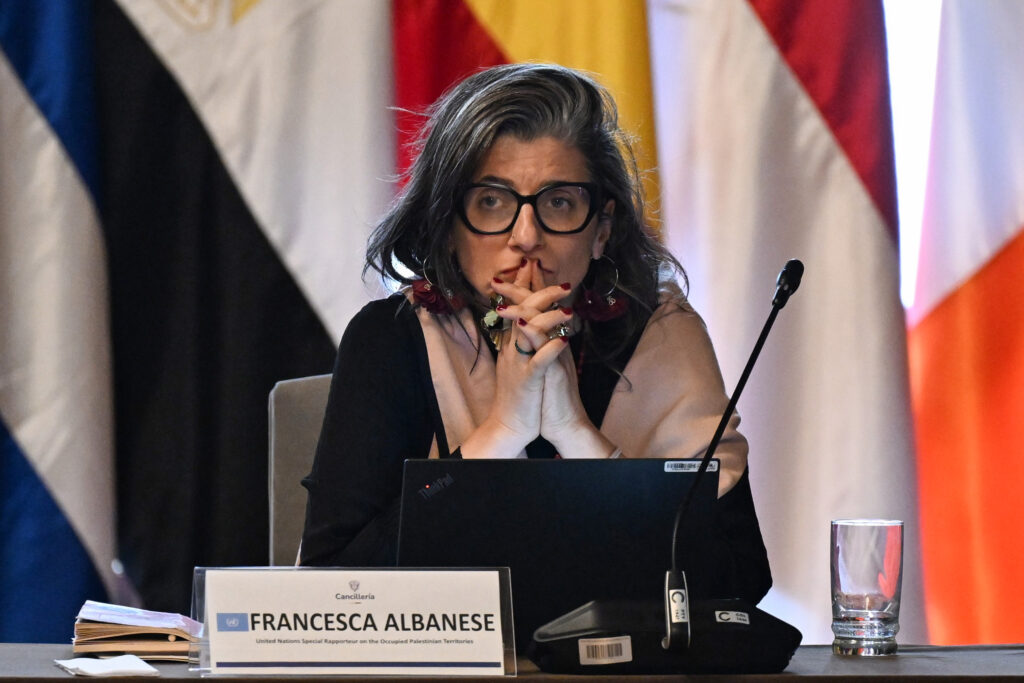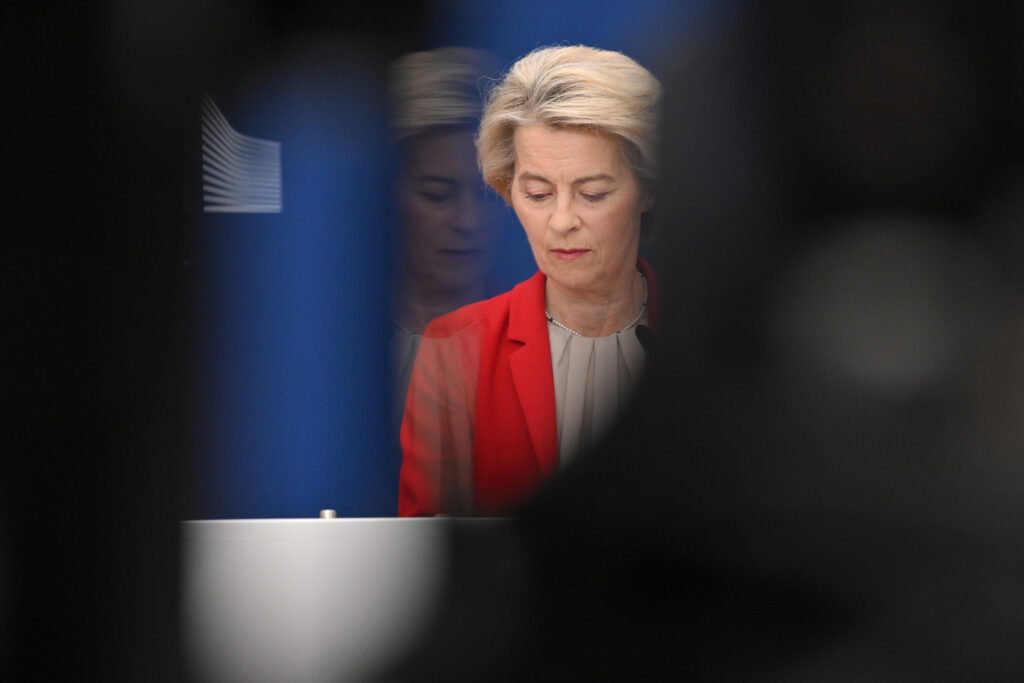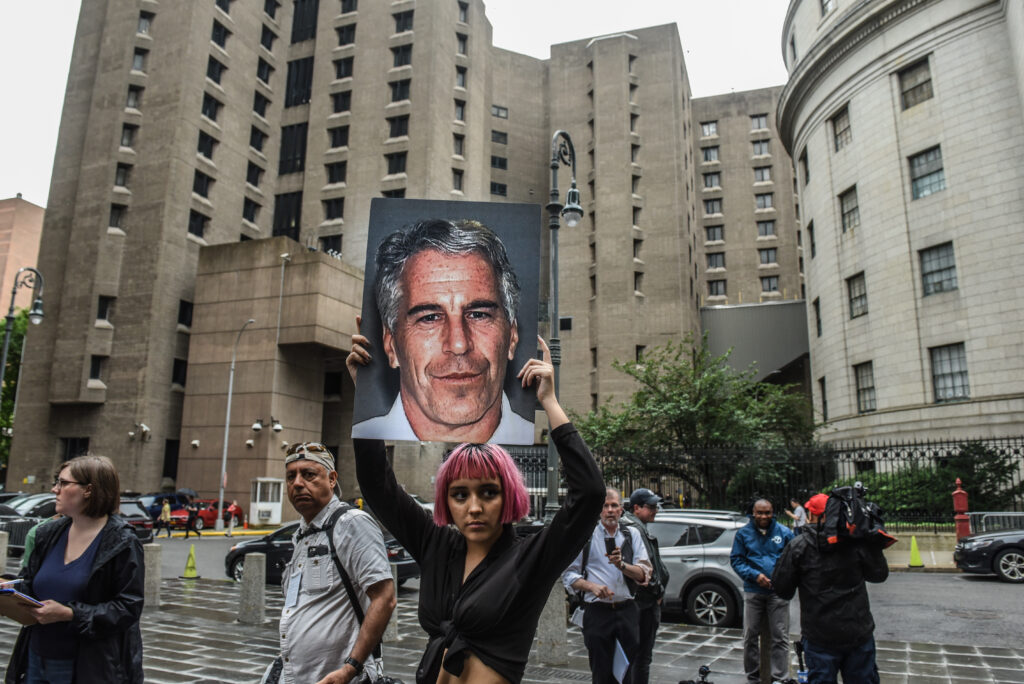UN expert on Palestinians says US sanctions are a ‘violation’ of immunity
The UN’s unflinching expert on Palestinian affairs Francesca Albanese said Tuesday that Washington’s sanctions following her criticism of the White House’s stance on Gaza are a “violation” of her immunity.The United Nations’ Special Rapporteur on the occupied Palestinian territories made the comments while visiting Bogota, nearly a week after US Secretary of State Marco Rubio announced the sanctions, calling her work “biased and malicious.””It’s a very serious measure. It’s unprecedented. And I take it very seriously,” Albanese told an audience in the Colombian capital. Albanese was in Bogota to attend an international summit initiated by leftist President Gustavo Petro to find solutions to the Gaza conflict.The Italian legal scholar and human rights expert has faced harsh criticism for her long-standing accusations that Israel is committing “genocide” in Gaza. “It’s clear violation of the UN Convention on Privileges and Immunities that protect UN officials, including independent experts, from words and actions taken in the exercise of their functions,” Albanese said.Rubio on July 9 announced that Washington was sanctioning Albanese “for her illegitimate and shameful efforts to prompt (ICC) action against US and Israeli officials, companies, and executives.”The sanctions are “a warning to anyone who dares to defend international law and human rights, justice and freedom,” Albanese said.On Thursday, the UN urged the United States to reverse the sanctions against Albanese, along with sanctions against judges of the International Criminal Court, with UN chief Antonio Guterres’s spokesman calling the move “a dangerous precedent.”On Friday, the European Union also spoke out against the sanctions facing Albanese, adding that it “strongly supports the United Nations human rights system.”Albanese, who assumed her mandate in 2022, released a damning report this month denouncing companies — many of them American — that she said “profited from the Israeli economy of illegal occupation, apartheid, and now genocide” in the occupied Palestinian territories.The report provoked a furious Israeli response, while some of the companies also raised objections.Washington last month slapped sanctions on four ICC judges, in part over the court’s arrest warrant for Israeli Prime Minister Benjamin Netanyahu, barring them from the United States.UN special rapporteurs like Albanese are independent experts who are appointed by the UN human rights council but do not speak on behalf of the United Nations.The war in Gaza was triggered on October 7, 2023 after Hamas militants killed 1,219 people in Israel and took hostages, according to an AFP tally based on official figures.More than 58,479 Palestinians have been killed in ongoing retaliation operations, according to data from the Health Ministry of the Hamas government, considered reliable by the UN.Israel has occupied the West Bank since 1967 and violence has surged in the territory since October 2023.





